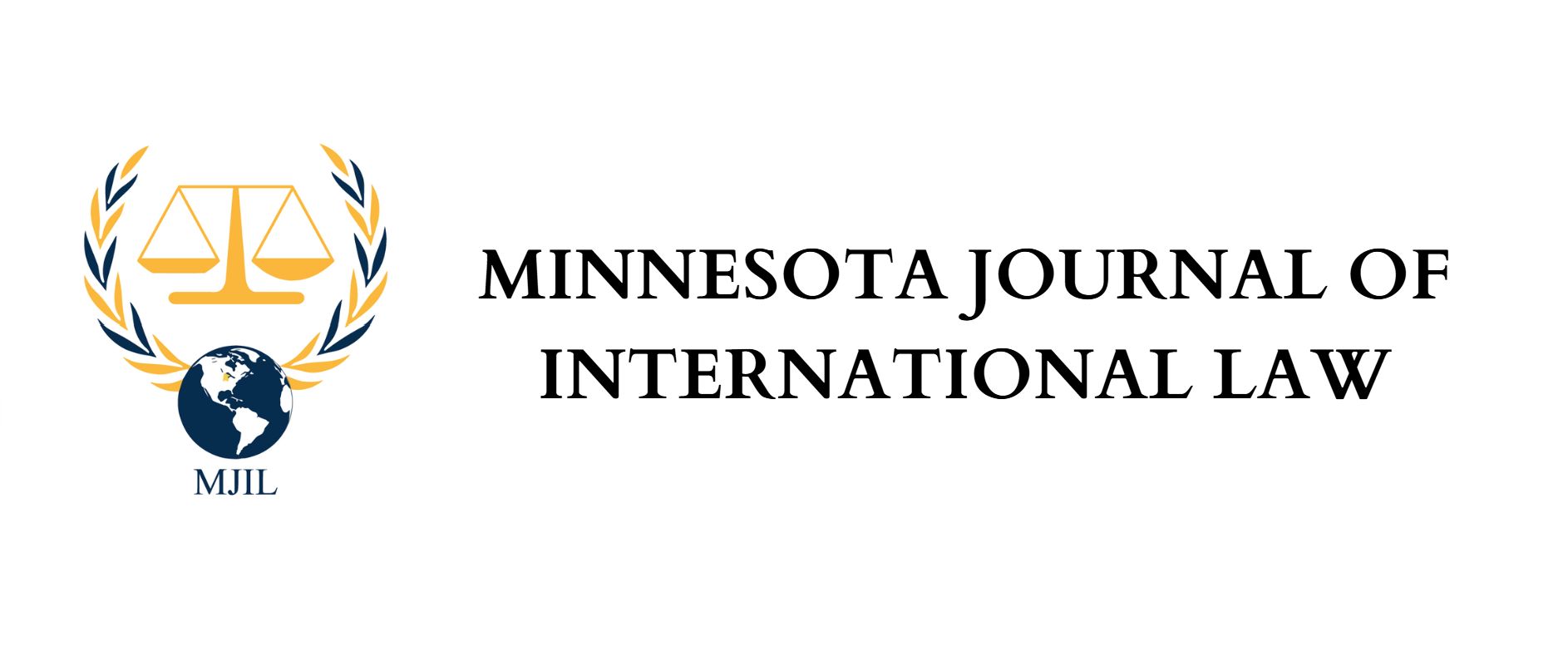 Recently, the Government of India approved a new Model Bilateral Investment Treaty (BIT). The Model BIT will provide the terms and conditions for India’s future trade negotiations, including the renegotiations of some its 83 existing BITs and ongoing negotiations with the United States.[1] Often, the difficulty for structuring a BIT for a host state is to find the right balance between ensuring investor protection and protecting state sovereignty. India’s new Model BIT differs from the previous 2003 Model BIT, where the 2003 Model BIT functions as being more “investor-friendly.” As an emerging economy in the global marketplace, India has continued to gain more attention from foreign investors. However, since 2010, notices and claims from various foreign investors under different BITs have increased, and as a result, it has influenced a shift towards more regulatory freedom.[2] Subsequently, a new Model BIT may send mixed signals to foreign investors as India shifts to being more “host-state friendly” by providing greater regulatory freedom and government protections in their new Model BIT.
Recently, the Government of India approved a new Model Bilateral Investment Treaty (BIT). The Model BIT will provide the terms and conditions for India’s future trade negotiations, including the renegotiations of some its 83 existing BITs and ongoing negotiations with the United States.[1] Often, the difficulty for structuring a BIT for a host state is to find the right balance between ensuring investor protection and protecting state sovereignty. India’s new Model BIT differs from the previous 2003 Model BIT, where the 2003 Model BIT functions as being more “investor-friendly.” As an emerging economy in the global marketplace, India has continued to gain more attention from foreign investors. However, since 2010, notices and claims from various foreign investors under different BITs have increased, and as a result, it has influenced a shift towards more regulatory freedom.[2] Subsequently, a new Model BIT may send mixed signals to foreign investors as India shifts to being more “host-state friendly” by providing greater regulatory freedom and government protections in their new Model BIT.
After 2010, India experienced a surge in its involvement with International Trade Administration (ITA) claims.[3] Specifically, in 2011, in White Industries Australia Limited v. Republic of India Case, a tribunal found that India violated its obligations to the investor under the India-Australia BIT.[4] The ruling was the first investment treaty decision adverse to India.[5] White Industries, an Australian company had been in contract to supply equipment for a coal mine, Coal India.[6] A dispute then arose between both parties and it was then submitted to the International Chamber of Commerce (ICC).[7] Nine years after the ICC awarded in favor of White Industries, the company was still waiting for domestic Indian Courts to decide upon its jurisdictional claims.[8] White Industries then filed a claim against India under the Australia-India BIT and claimed that India violated its obligations because it had “treated White’s investment on a less favourable basis than treatment afforded to investments of investors of a third country.”[9] Similar to the 2003 Model BIT, the Australia-India BIT contains a broad definition of what constituted “investment” by a foreign investor.[10] The Australia-India BIT does not contain a language on requiring an investor to have actual presence nor a requirement of having substantial business activities in the host state. In addition, the Australia-India BIT contains a most favored nation (MFN) clause.[11] A MFN clause allows an investor to import more beneficial standards of protection from other treaties. Subsequently, White Industries argued that the MFN clause allowed the company to import a more advantageous provision from the India-Kuwait BIT, which requires the host state to “provide effective means of asserting claims and enforcing rights.”[12] The tribunal accepted the argument and awarded the company $4.08 million plus interest and fees.[13] Thus, the tribunal found that delays by India Courts amounted to a breach of the “effective means” standard under the India-Kuwait BIT.
As a result of the decision in White Industries Australia Limited, India undertook a review of its 2003 Model BIT and made a new draft of a Model BIT. The new Model BIT shifts towards a more host-state friendly framework. The Law Commission of India’s Report on the new Model BIT states that “[t]he Report is presented with a view to assist the Government in achieving a balanced negotiating text, that takes into consideration the protection of Indian investors investing abroad, as well as safeguarding the regulatory powers of the State.”[14]
Consequently, the new Model BIT eliminates the previous broad definition of what constitutes an “investment” and does not mention the application of a MFN clause. The new Model BIT adopts an “enterprise-based” approach to the definition of investment. It defines investment as “an Enterprise in the Host State, constituted, organised and operated in compliance with the Law of the Host State and owned or controlled in good faith by an Investor.”[15] Enterprise includes “having its management and real and substantial business operations in the territory of the Host State.”[16] Therefore, the definition of “investment” is more narrowly tailored than the Australia-India BIT, which is similar in language to India’s 2003 Model BIT. Furthermore, the new Model BIT does not contain a MFN provision. In effect, unlike White Industries Australia Limited, the new Model BIT would prohibit treaty shopping and disallow investors to import beneficial provisions in other India BITs.
The adverse outcome in White Industries Australia Limited and the recent increase in pending claims from investors have shifted India’s new Model BIT from a prior “investor-friendly” to a “host-state friendly” framework. Although India’s new Model BIT ensures investor protection, it balances the scale more towards protecting its sovereignty and regulatory freedom. Moving forward, investors may have mixed feelings on India’s new approach on investment treaties. As India emerges in the global marketplace towards a more open economy, the country’s new model BIT illustrates greater protections for democratic governance. While India continues to integrate with the global economy and negotiate prospective investment trade treaties, the new Model BIT provides India with more safeguards in balancing investor rights and government obligations.
[1] India approves Model Bilateral Investment Treaty, Law-Now (Jan. 1, 2016), http://www.cms-lawnow.com/ealerts/2016/01/india-approves-model-bilateral-investment-treaty.
[2] Law Commission of India, Analysis of the 2015 Draft Model Indian Bilateral Investment Treaty, 2, Rep. 260 (Aug. 2015).
[3] Id.
[4] Id.
[5] Cameron McKenna, India approves Model Bilateral Investment Treaty, Lexology (Jan. 18, 2016), http://www.lexology.com/library/detail.aspx?g=2203e3af-4ba5-4657-bc3c-56997f73da34.
[6] White Industries Australia Limited v. The Republic of India, Final Award, at 13, http://www.italaw.com/cases/documents/1170.
[7] Id. at 17-18.
[8] Id. at 37.
[9] Id. at 43.
[10] Australia-India Bilateral Investment Promotion and Protection Agreement (BIPA), Government of India – Ministry of Finance, art. 1 http://finmin.nic.in/bipa/bipa_index.asp.
[11] Id. at art. 16.
[12] Kuwait-India Bilateral Investment Promotion and Protection Agreement (BIPA), Government of India – Ministry of Finance, art. 4, http://finmin.nic.in/bipa/bipa_index.asp?pageid=2.
[13] White Industries Australia Limited v. The Republic of India, supra note 6 at 19.
[14] Law Commission of India, supra note 2, at 5.
[15] Model Text for the Indian Bilateral Investment Treaty, MyGov, art. 1, https://mygov.in/group-issue/draft-indian-model-bilateral-investment-treaty-text/.
[16] Id.
